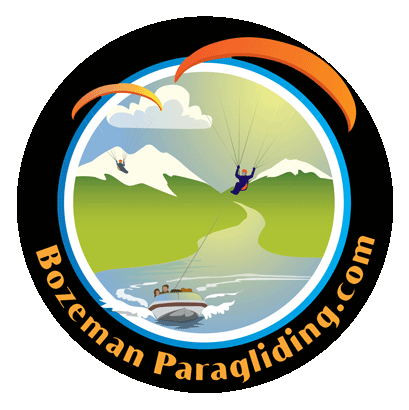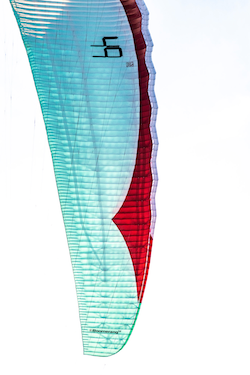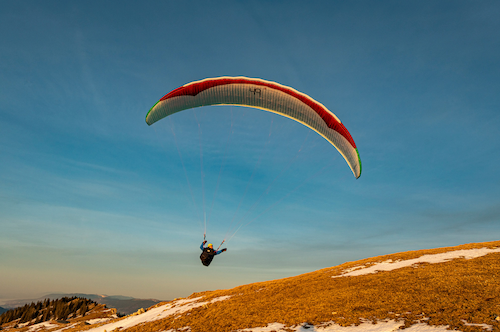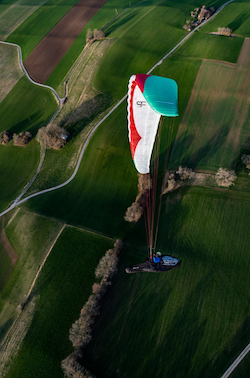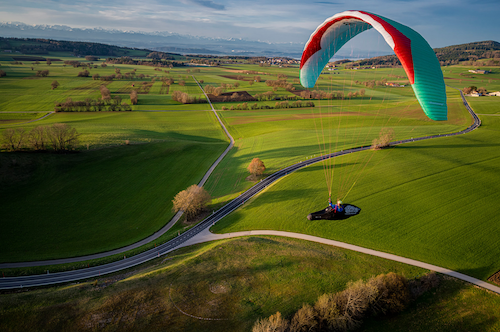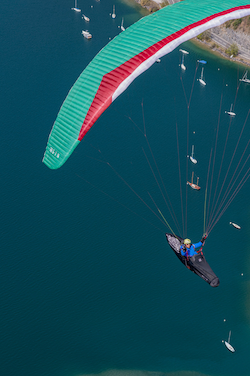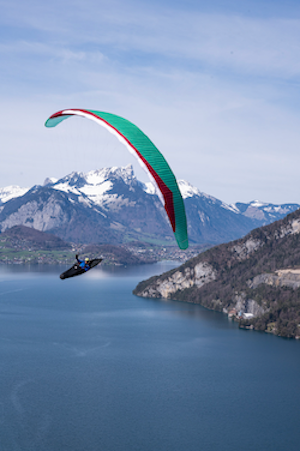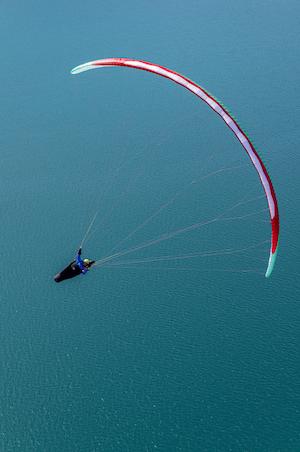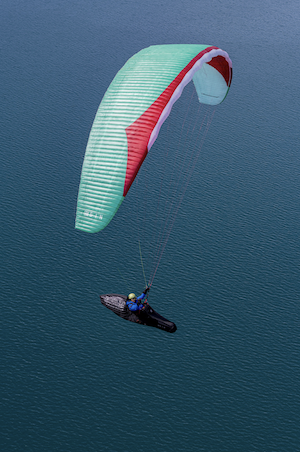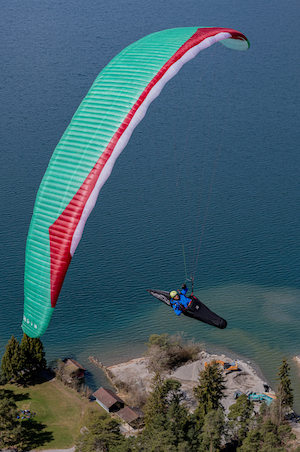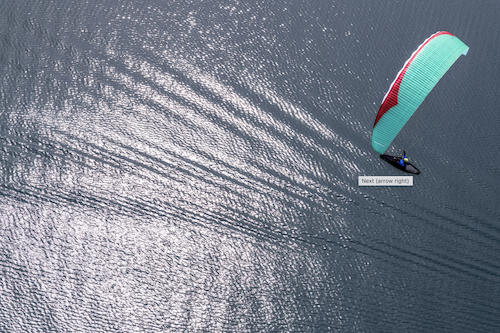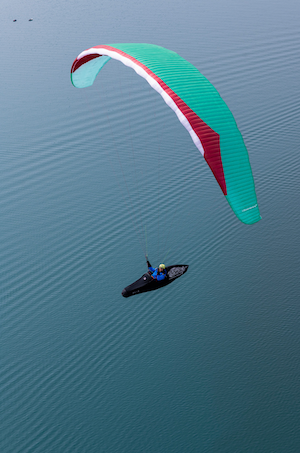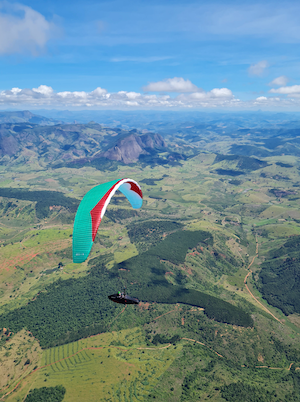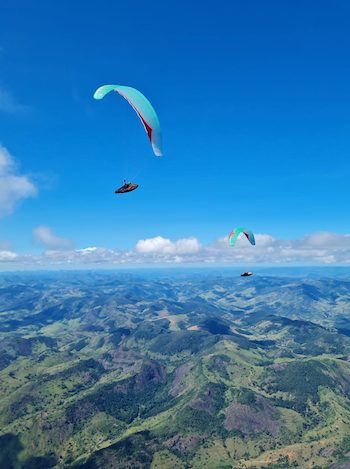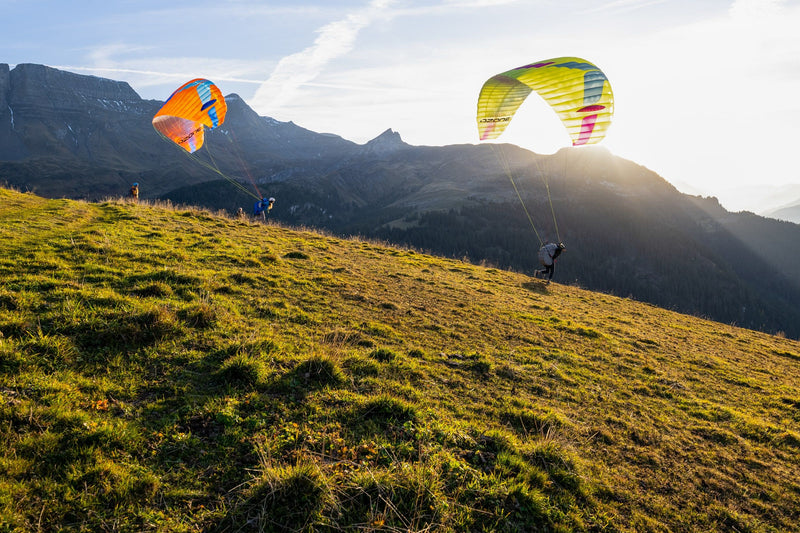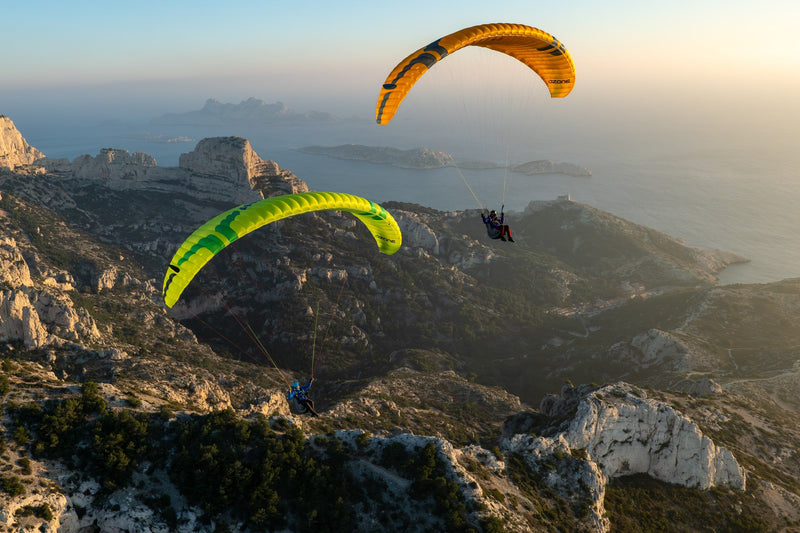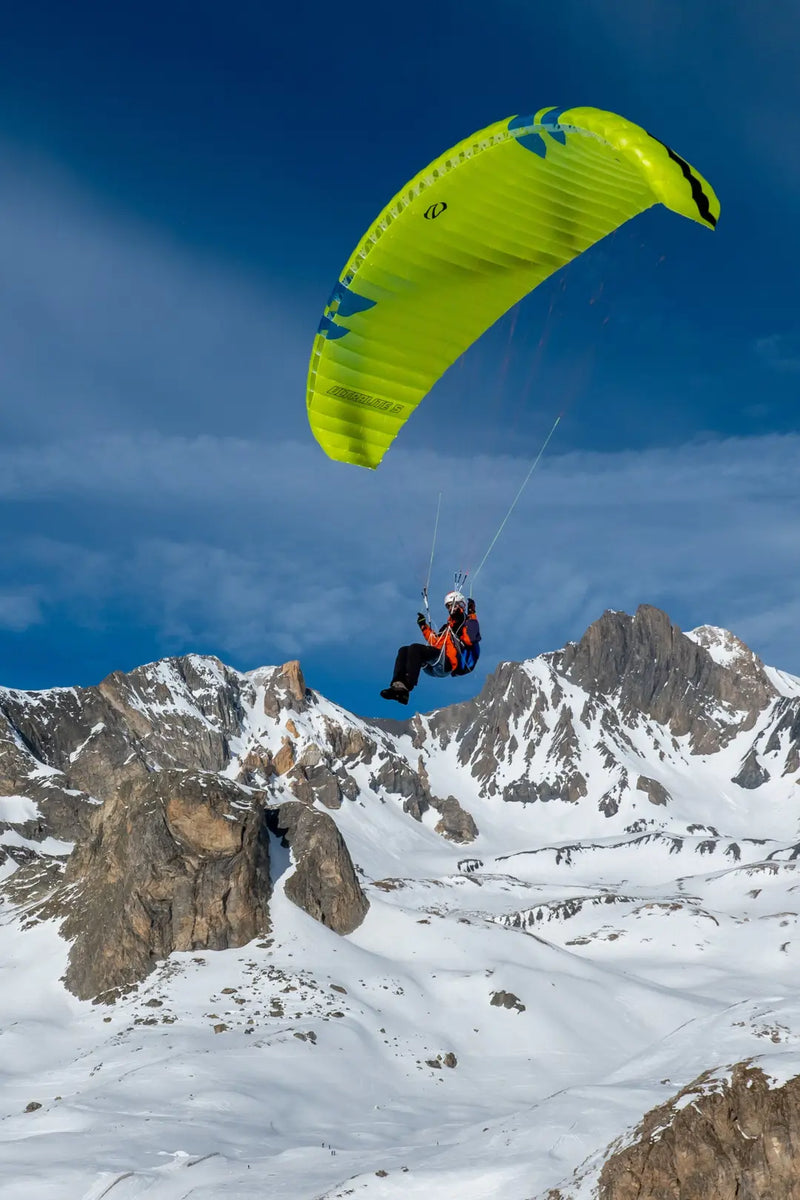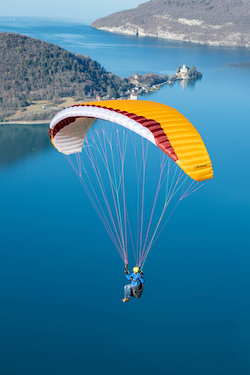WHEN NATURE MEETS ENGINEERING
Compared to the Boomerang 11, the Boomerang 12 has:
- improved performance in climb due to the Wave Leading Edge increasing lift and delaying the stall.
- better glide performance due to increased aerodynamic efficiency
- better handling thanks to a lower aspect ratio and cell number
- better all-round stability, especially in turbulence and at speed
- significant improvement in extreme flight manoeuvres, especially front and side collapses. The CCC tested S size passed the high-speed test flights with EN-D
A proven winner
The Boomerang 12 was 3 years in development, and during that time was raced by our team pilots at World Cups. The first overall win came in Turkey in 2021 and in Brazil in 2022, the serial Boomerang 12 achieved a clean sweep of the overall podium.

DESIGNER NOTES
Designer Gin Seok Song explains the development process of the Boomerang 12:
“GIN Lab was created to find the next breakthrough technology in paragliding. We recognised that we were approaching the limits of possibility just by changing things like aspect ratio or cell number, so we were motivated to seek out a big physical change. After consulting with Professor Jooha Kim at Ulsan National Institute of Science and Technology, we became intrigued by the research of Professor Kim on the leading edge tubercles on the humpback whale flipper.
We then decided that the best approach would be to build a real simulation in a wind tunnel. Wind tunnel research is difficult and expensive, but there is only so far you can go with pure software simulation. Fortunately, we were able to secure research funding and the “GIN Lab” was born in 2019 as a collaboration between Gin Gliders and Ulsan National Institute of Science and Technology.
Professor Jooha Kim: Over many millions of years, living creatures have evolved highly effective mechanisms to cope with the challenges of their environments. One example is the tubercles on the pectoral flipper of the humpback whale. These have been shown to enhance performance and lifting force at high angles of attack. This gives the whale incredible agility in spite of its huge size. After Gin explained some of the challenges of paraglider performance, I became very interested to investigate how this concept might be applied to paragliders. Tubercle airfoils always stall gradually and can be operated at higher pitch angles which produces increased lift. The drag penalty is significantly reduced and tip stalling can be attenuated and even eliminated completely. That combination of performance characteristics means that tubercle airfoils are hyper-stable and very efficient.
We decided that the wind tunnel would be a valuable tool, enabling hundreds of experiments and rapid iterations on small modifications.
Gin Seok Song: the first challenge was to calibrate the basic wind tunnel results to our computer simulations and practical experience of the real wing behaviour. Once we had a good model, we were able to try various configurations on the leading edge. We then took the most promising results and built real paragliders. It was immediately apparent that the concept had potential, especially in relation to stability of the wing and sink rate in the climb.
1.5 years later, the project had progressed to the stage of being able to certify the Boomerang 12 with the new leading edge technology: we decided to call it the “Wave leading edge” as its inspired by marine life and has a sinusoidal appearance. What was surprising was the ease of certification: following a collapse the shooting is much reduced and the wing tips don’t snake like the previous generation of 2 liners. The wing was first flown by our factory pilots at the 2021 PWC Superfinal in Disentis, Switzerland with encouraging results and podium finishes in both the individual and team rankings, followed by an overall victory at PWC Turkey and in 2022, a 1,2,3 at PWC Brazil.
We are really excited about the future of the Wave Leading Edge, the stability and high angle of attack performance is something that should benefit most categories of wing.”
Boomerang 12 |
S |
SM |
M |
ML |
L |
|---|---|---|---|---|---|
| Flat Area (m^2) | 20.50 | 22.41 | 23.33 | 24.30 | 25.92 |
| Flat Span (m) | 12.74 | 13.0 | 13.27 | 13.55 | 13.99 |
| Flat Aspect Ratio | 7.55 | 7.55 | 7.55 | 7.55 | 7.55 |
| Projected Area (m^2) | 18.17 | 18.94 | 19.72 | 20.54 | 21.9 |
| Projected Span (m) | 10.22 | 10.53 | 10.64 | 10.86 | 11.22 |
| Projected Aspect Ratio | 5.75 | 5.75 | 5.75 | 5.75 | 5.75 |
| Number of Cells | 105 | 105 | 105 | 105 | 105 |
| Glider Weight (kg) | 5.7 | 5.9 | 6.0 | 6.1 | 6.3 |
| Weight Range (kg) | 80-95 | 95-105 | 100-112 | 105-117 | 110-127 |
| Certification | CCC | CCC | CCC | CCC | CCC |
DETAILS
- Wave Leading Edge increases lift for all angles of attack and decreases drag at low angles of attack
- 3rd generation Equalized Pressure Technology (EPT)
- 2 risers / 3 lines spanwise
- Trailing edge mini-ribs
- B riser easy control bars
MATERIALS
Canopy cloth
Upper surface leading edge: Dominico 30D MF (WR) 41g/m²
Upper surface: Porcher Sport Skytex 32g/m² / 27g/m²
Lower surface: Porcher Sport Skytex 27g/m²
Lines
Upper: Edelrid 8001 090 | 070 | 050 | 025
Middle: Edelrid 8001 130 | 090 | 070 | 050 | 025
Main: Edelrid 8001 360 | 190 | 090 | 070
COLOURS


